Content
Perfection- another way to phrase this is to have process consistency. This definition focuses on the importance of well defined specifications and transforms the ‘traditional’ idea of quality into something than can be achieved by all. Quality is one which confirms exactly to specification and whose output is free of defects at all times. Is the degree to which a product tolerates stress or trauma without failing. This approach starts from the premise that quality ‘lies in the eyes of the beholder’.

And the customer’s point of view, reliant upon the user-based perspective having to do with fit for use. I can tell you there were applications we developed, we programmed, we designed, and we implemented perfectly. We will investigate each of the five definitions of product quality in the following. There are different definitions of product quality. As you may realize in the following, quality has many facets and is more complex than it seems. May 23, Brilliant article Mr. Garvin and extremely helpful for my challenge of improving ‘product quality’ at a low volume high diversity electronics CM, here in the Netherlands.
Finke’s photographic equivalent for this feeling of transcendence is his bathing of nighttime fights in colored light. There is no one way of defining quality, it depends on who is defining quality. Each stakeholder looks at quality through their own lens. Each stakeholder considers different aspects while defining quality. DisclaimerAll content on this website, including dictionary, thesaurus, literature, geography, and other reference data is for informational purposes only. This information should not be considered complete, up to date, and is not intended to be used in place of a visit, consultation, or advice of a legal, medical, or any other professional.
Supplier Quality
These dimensions are performance, features, reliability, conformance, durability, serviceability, aesthetics, and perceived quality. In this article, the author reviews and synthesizes the varying definitions of product quality arising from philosophy, economics, marketing, and operations management. He then goes on to build an eight-dimensional framework to elaborate on these definitions. Using this framework, he addresses the empirical relationships between quality and variables such as price, advertising, market share, cost, and profitability. According to this approach, the title ‘quality’ should only be attributed to those products and services that achieve the highest standards. Clearly, this approach has some shortcomings.
While the increase in temperature can be measured the transformation involves a qualitative change. Ice has different qualities to that of steam and water. Transformation is not restricted to apparent or physical transformation but also includes cognitive transcendence. Quality management to be pervasive in a firm it needed to be included in all of the firm’s business processes including strategic planning.
What Is Inbound Marketing? Definition, Strategies and Examples
In the simplest terms, quality is the capacity of a product or service to satisfy human wants. As human wants are complex and may not be satisfied in a specific way, each user of the product or service makes their own assessment of what quality means to them. In the case of services, the measuring of quality may be more difficult. However, under a process of standardization or routinization , services are subject to a form of standard operating procedures or models, which helps in the measuring of quality.
Be sure to keep them in mind as you’re designing test cases in your test plan. A view of quality, wherein quality cannot be precisely defined, but we know it when we see it, or are aware of its absence when it is missing. Quality depends on the perception and affective feelings of an individual or group of individuals toward a product. Experts are tested by Chegg as specialists in their subject area. We review their content and use your feedback to keep the quality high.
Checkpoint Technologies is Software Quality. Very important to think about, not only when you’re developing an application but also when you’re testing it. You’ve got to consider other’s points of view. The last time I leased a vehicle I found myself entrenched in the “five perspectives” as I navigated through my decision-making process. In this step, we look at different definitions of quality.
Align Project with Strategic Objectives
Supply chain management has moved to the forefront in recent years due to the opportunities for cost savings along with quality and service improvements. Employee empowerment is of particular interest to HR managers. Empowering employees involves moving decision making to the lowest level possible in the organization. For example, empowerment can involve something fairly minor, such as allowing employees to replace broken or worn-out tools without management approval.
Which of the following best defines employee empowerment? A) It involves moving decision making to the highest level in the organization. B) It involves moving decision making to mid-management levels in the organization. C) It involves moving decision making upwards in the chain of command. D) It involves moving decision making to the lowest level in the organization.
A value-added perspective on quality involves a subjective assessment of the efficacy of every step of the process for the customer. Quality refers to a set of characteristics expected from products or services. It is a combination of various factors such as design, performance, reliability, safety, efficiency, effectiveness, economy and timeliness.
QUALITY HOMEWORK.pdf
E) It involves moving decision making outside the borders of the organization. In contrast to quality as absolute, the value-based approach regards quality as relative to price. According to this view, the buyer’s perception of value represents a mental trade-off between the quality or benefits perceived relative to price paid. The user-based approach focuses exclusively on the customer in the determination of quality. The strength of this approach is that it allows the customer the say in defining quality.
- Quality has been the subject of many and varied definitions.
- But I was confident that I’d know it when I see it.
- Whilst the user-based approach to quality is rooted in the subjectivity of consumer preferences, the manufacturing-based approach, as the name suggests, focuses on internal matters.
- Instead, it is a complex phenomenon that involves many different stakeholders.
- Discuss the differences between Garvin’s user-based and transcendent definitions of quality in terms of creativity and innovation.
- There is no one way of defining quality, it depends on who is defining quality.
Unlike the Greeks in ancient times philosophizing over the concept of quality, practitioners in the world of business seek something much more practical. For them quality should be capable of implementation, delivery and measurement. We will therefore in the following consider several more sophisticated definitions of product quality. The supply chain encompasses many differing functions and processes.
Management
In more spectacular instances, empowerment has resulted in the elimination of management as employees do their own scheduling, design, and performance of work. While services and production share many attributes, services have more diverse quality attributes than products. Service settings are more complex; thus quality is more https://globalcloudteam.com/ difficult to define. Growth of supply chain management and improvement of supplier development; lean Six Sigma becomes popular; contingency theory in quality becomes recognized as important. Discuss the differences between Garvin’s user-based and transcendent definitions of quality in terms of creativity and innovation.
We provide services such as staff augmentation, consulting, training, and customized mentoring. Our vast knowledge in methodologies and best practices ensure our clients maximize the value of IT on their business. In this post, we will look at the definition of quality from the point of view of various stakeholders. Quality is a philosophy with various dimensions and can be summed up as ‘doing things properly’ for competitiveness and profitability. It is a holistic concept that has two ideas, i.e. quality is ‘consistency’ and quality is ‘fitness for purpose’. These two ideas are brought together to create quality as perfection with the context of quality culture.
Answer D Diff 2 Topic COSO Enterprise Risk Management ERM Framework Learning
The emphasis in the product-based approach is on quality as a precise and measurable variable. Any differences that do occur reflect differences in the quantity of some ingredient or attribute possessed by a product. Checkpoint Technologies has unparalleled expertise in Quality Assurance and Software Testing. We specialize in functional, performance, mobile application, and application security testing.
Each definition has both strengths and weaknesses in relation to criteria such as measurement and generalizability, managerial usefulness and consumer relevance. Is it comfortable or do the seats feel like the metal, cheap seats at Fenway? I’ve got five beautiful grandkids I need to think about!
It includes all of the core activities from the raw materials stage to after-sale service. To execute all of these processes correctly, it is important to integrate differing functions, expertise, and dimensions of quality. This need for integration increases the requirement for flexible, cross-functional problem solving, and employees who can adapt to rapidly changing markets. Communications is a major issue for cross-functional teams.
Organizational Behavior
Of course, price does not always reflect quality. October 02, This is surely a fine piece of work and quite relevant in respect of understanding the quality concept in spite of being published many years ago. You can unlock new opportunities with unlimited access to hundreds of online short courses for a year by subscribing to our Unlimited package. Build your knowledge with top universities and organisations. In the previous step, we identified quality as one of the four elements of customer value, which we’ll now explore further.
This approach leads to a vertical or hierarchical ordering of quality. Products are raised according to the amount of ingredients or attributes that each possesses. However, an unambiguous definition of transcendent-based quality ranking is possible only if the ingredients/attributes in question are considered preferable by all buyers. Quality has been the subject of many and varied definitions.
